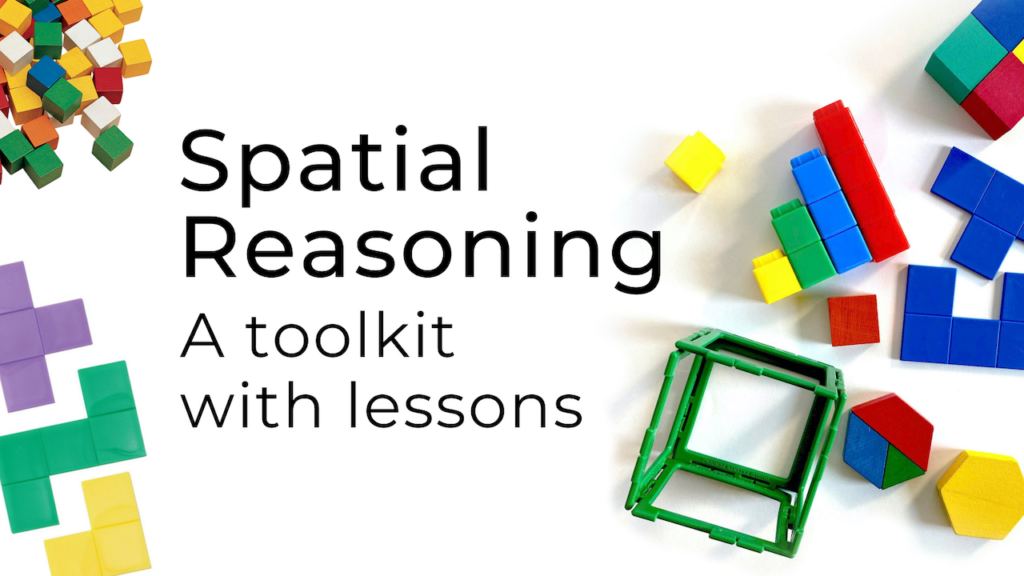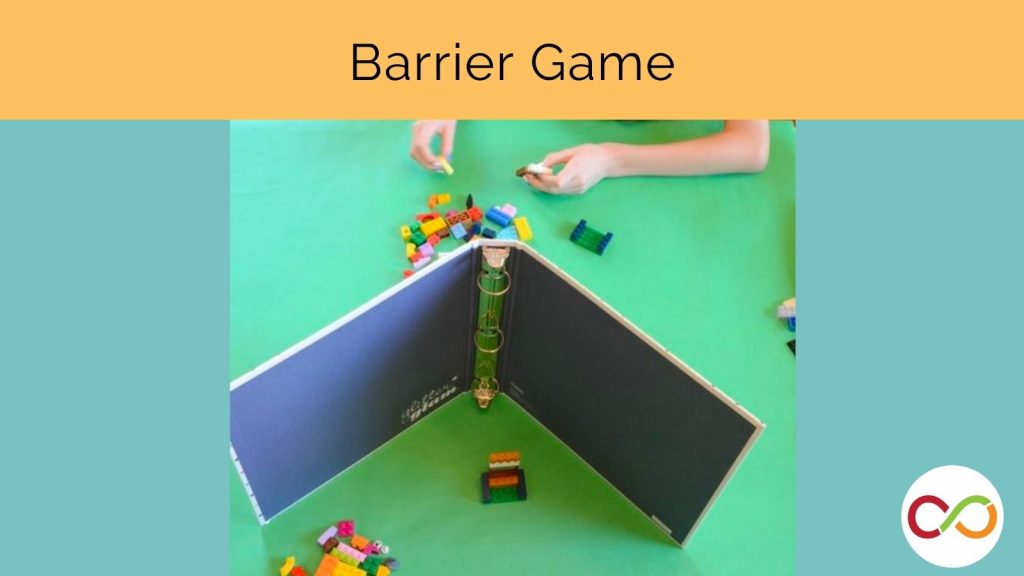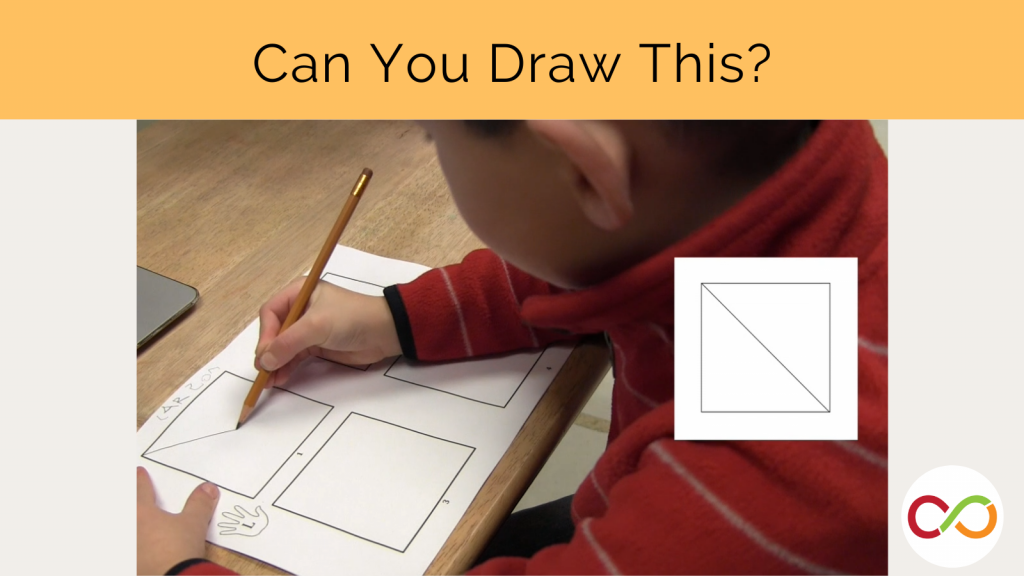Copy My Flag
Primary/Junior (Age 6 – 12)
Curriculum Goal
Primary: Geometry and Spatial Sense
- Describe the relative positions of several objects and the movements needed to get from one object to another.
Junior: Geometry and Spatial Sense
- Describe and represent shape, location, and movement by applying geometric properties and spatial relationships in order to navigate the world around them.
Context
- Students work in pairs.
- Students should have previous experience with composing shapes, describing their key attributes, and using relational language to describe the position of shapes on a page.
- This game can easily be played with students over video conferencing.
Materials
In-person version
- Blank paper
- Coloring supplies (e.g., markers, crayons, pencil crayons)
Lesson
- Optional: Before you begin, show your students flags from around the world. Model the type of language you want your students to use by describing the flags to them (e.g., describing shapes, using spatial language to discuss location (primary), or describing estimated measurement, fractions, and shape attributes (junior)).
- Two players sit back-to-back with a blank piece of paper and their coloring supplies. Each player is given a set amount of time to design and draw their original flag using lines and shapes (2-4 minutes).
- When time is up, Player 1 will go first and start to describe the attributes and positioning of their flag to Player 2 (e.g., “There is a blue rectangle in the bottom right corner.”).
- Player 2 sets aside their original design for now and uses a new piece of paper to draw what they hear. Player 2 can ask questions while Player 1 communicates the design of their flag (e.g., Is the blue rectangle positioned vertically or horizontally?”).
- When both students feel like they have completed drawing and describing the flag, Player 1 will turn around to reveal their original flag. Player 2 will reveal their attempted copy.
- Have players compare how similar or different their flags are and discuss which strategies they used to describe the shapes and location of their design.
- Have players return to their original position and switch roles. This time, Player 2 describes their flag to Player 1.
Look Fors
- Do the students use spatial language (e.g., above, below, beside, to the right/left)?
- How do students describe the attributes of each shape (e.g., number of sides, vertices, symmetry)?
- Can students communicate their design and follow instructions?
Extension
- Have students construct three-dimensional shapes on their flag (Primary/Junior).
- Challenge students to include symmetry in their flag design.
- Using grid paper, have students build and describe their flags on a Cartesian plane. Have students use exact coordinates to describe the positioning of shapes on the grid (Junior).
- Encourage students to use measurement tools (e.g., rulers, compasses, protractors) to help create more precise flag replicas (Junior).
Created by Charlotte Henderson. Adapted by The Robertson Program.
Share this lesson
Share on facebook
Share on twitter
Share on email



